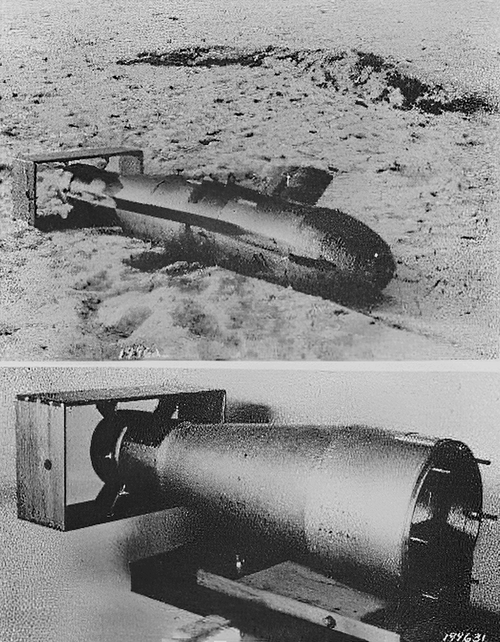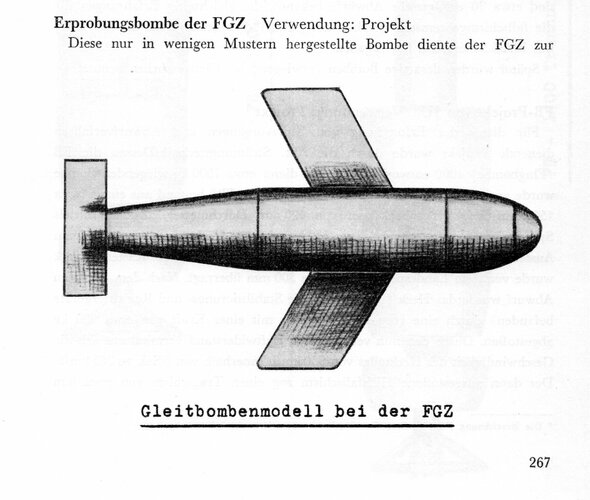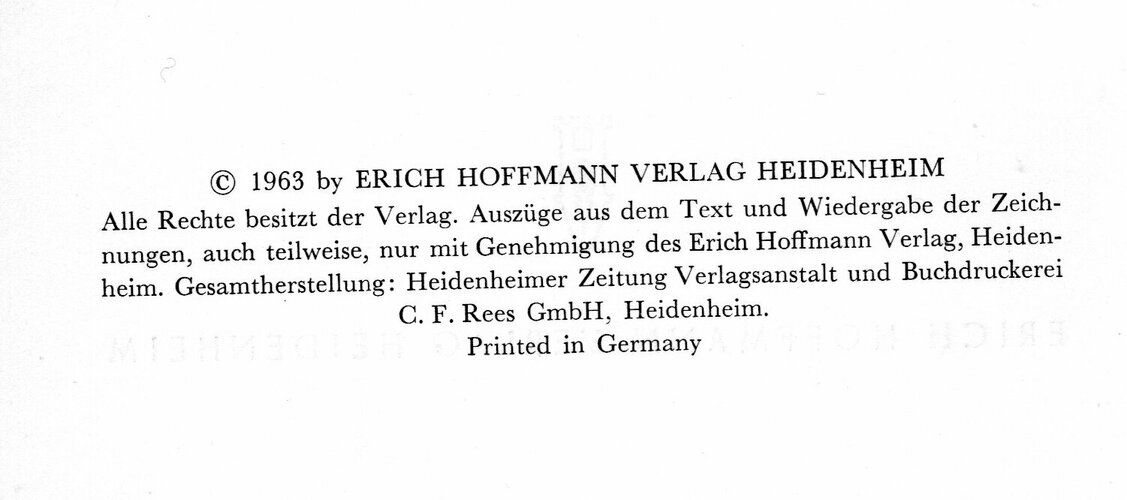The German side did not notice any effect of jamming.
It knew about the technical unreliability of its guided missiles that did not require jamming to end in failure.
Well, Germans in WW2 were rather poor in electronic, and notoriously suspicious of high technology (no wonder, considering Nazi anti-intellectual policy). For example, after their radio navigation fiasco in the "battle of the beams", they just give up all efforts in this area alltogether.
About the battle of the beems:
See:
https://en.wikipedia.org/wiki/Battle_of_the_Beams
In short: The Germans developed several electronic guiding systems which allowed an unmatched precision bombing. The British had nothing like that and relied on human navigation which prooved to be extremely unprecise:
“British sceptics started regarding the system as proof that the German pilots were not as good as their own, who they believed could do without such systems. The Butt Report proved this to be wrong; aerial reconnaissance returned photographs of the RAF bombing raids, showing that they were rarely, if ever, anywhere near their targets.[16]“
However, the British could develop countermeasures against the first version quite fast, but not because they foreseen this system due to greater skills, but simply by intelligence service which brought them the required information about the system.
After the first system “Knickbein” the Germans developed a more refined system “X-Gerät” which allowed a precise localization within 91 m with a distance of 320 km to the antennas:
“X-Gerät was used effectively in a series of raids known to the Germans as Moonlight Sonata, against Coventry, Wolverhampton and Birmingham. In the raid on Birmingham only KGr 100 was used and British post-raid analysis showed that the vast majority of the bombs dropped were placed within 100 yards (91 m) of the mid-line of the Weser beam, spread along it for a few hundred yards. This was the sort of accuracy that even daytime bombing could rarely achieve. The raid on Coventry with full support from other units dropping on their flares almost destroyed the city centre.[25] „
I don’t like to call the destruction of almost an entire city center a success, but at least it proved that the system was effective. Counter measures could first be developed after a X-Gerät could be recovered from a wrecked airplane. Just by analyzing the system, the British found out, that there jamming was filtered out automatically, which they didn’t expect. However, despite that, it was still difficult to disturb the system:
“setting up this false beam proved very difficult as the Germans, learning from their mistakes with Knickebein, did not switch the X-Gerät beams on until as late as possible, making it much more difficult to arrange the "false Elbe" in time.[30]
The third system “Y-Gerät” could be analysied and effectively countermeassured by the British because again, they had superior intelligence service and the help of help of a German mathematician. However the raid against Briten came to an end anyway, because the war against the Soviets became the highest priority.
The whole story of the German navigation systems proves the high level of German electronic developments during the war an not the opposite. It also proves, the high level of British espionage which enabled them to fight the German systems effectively.







